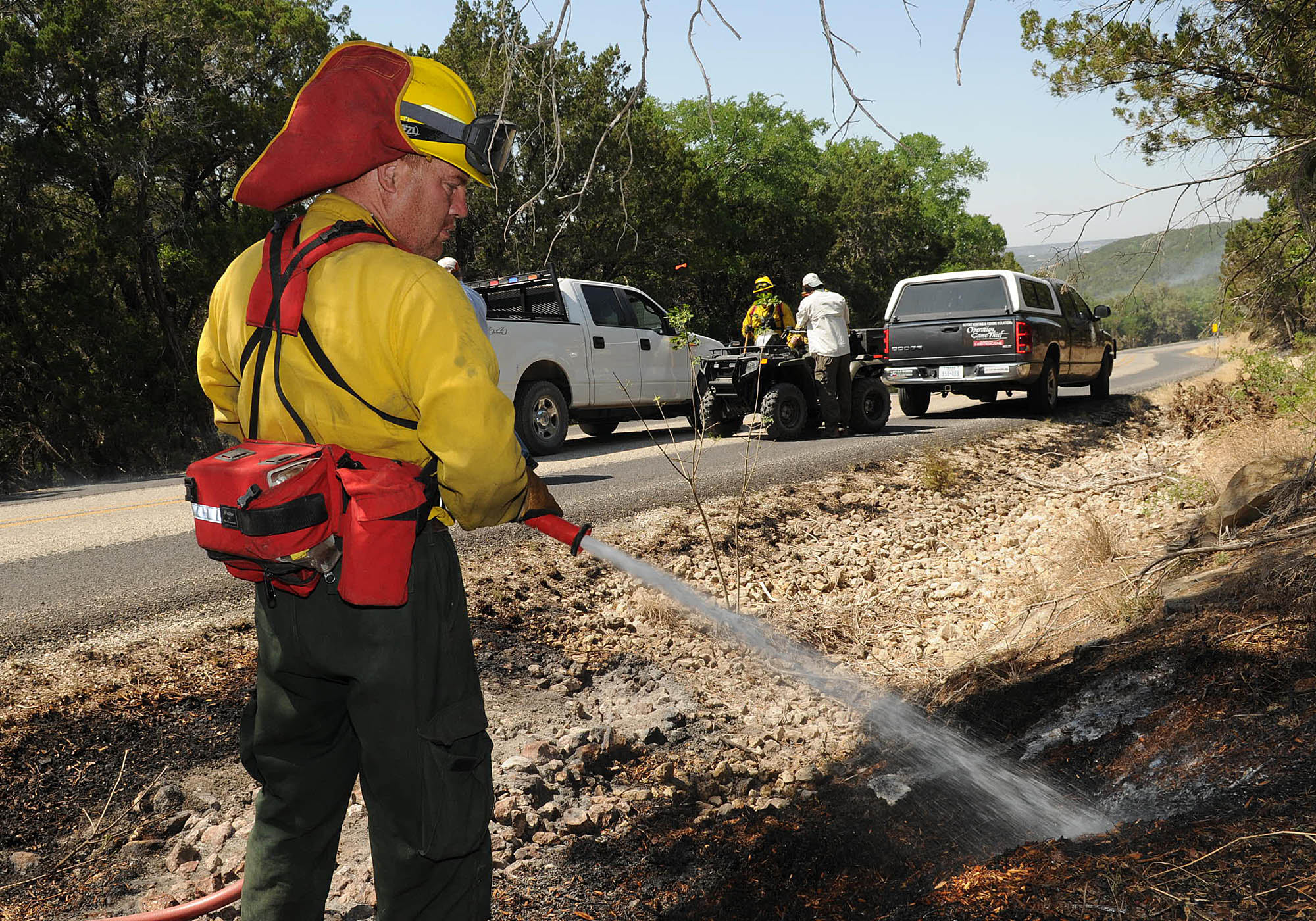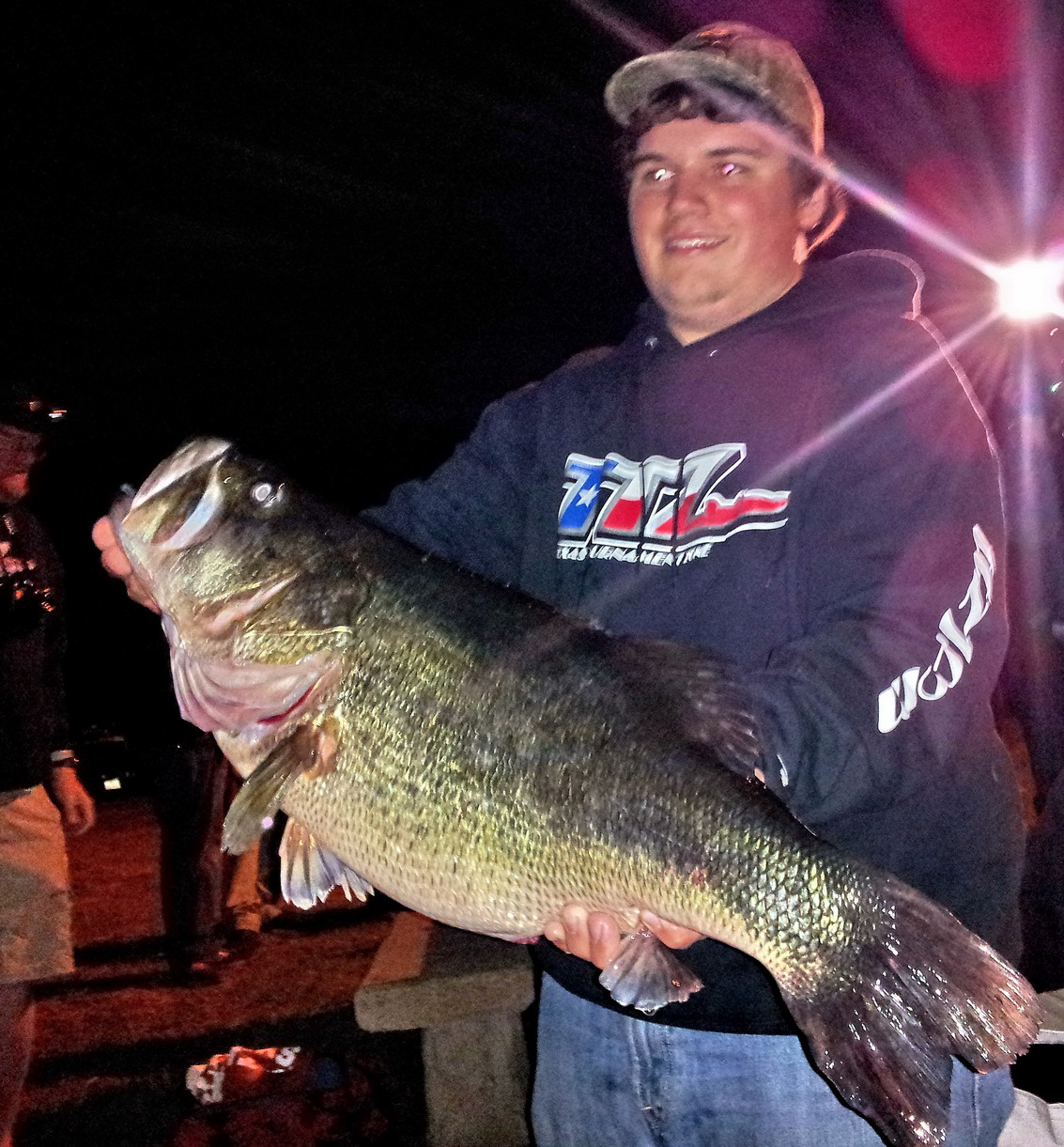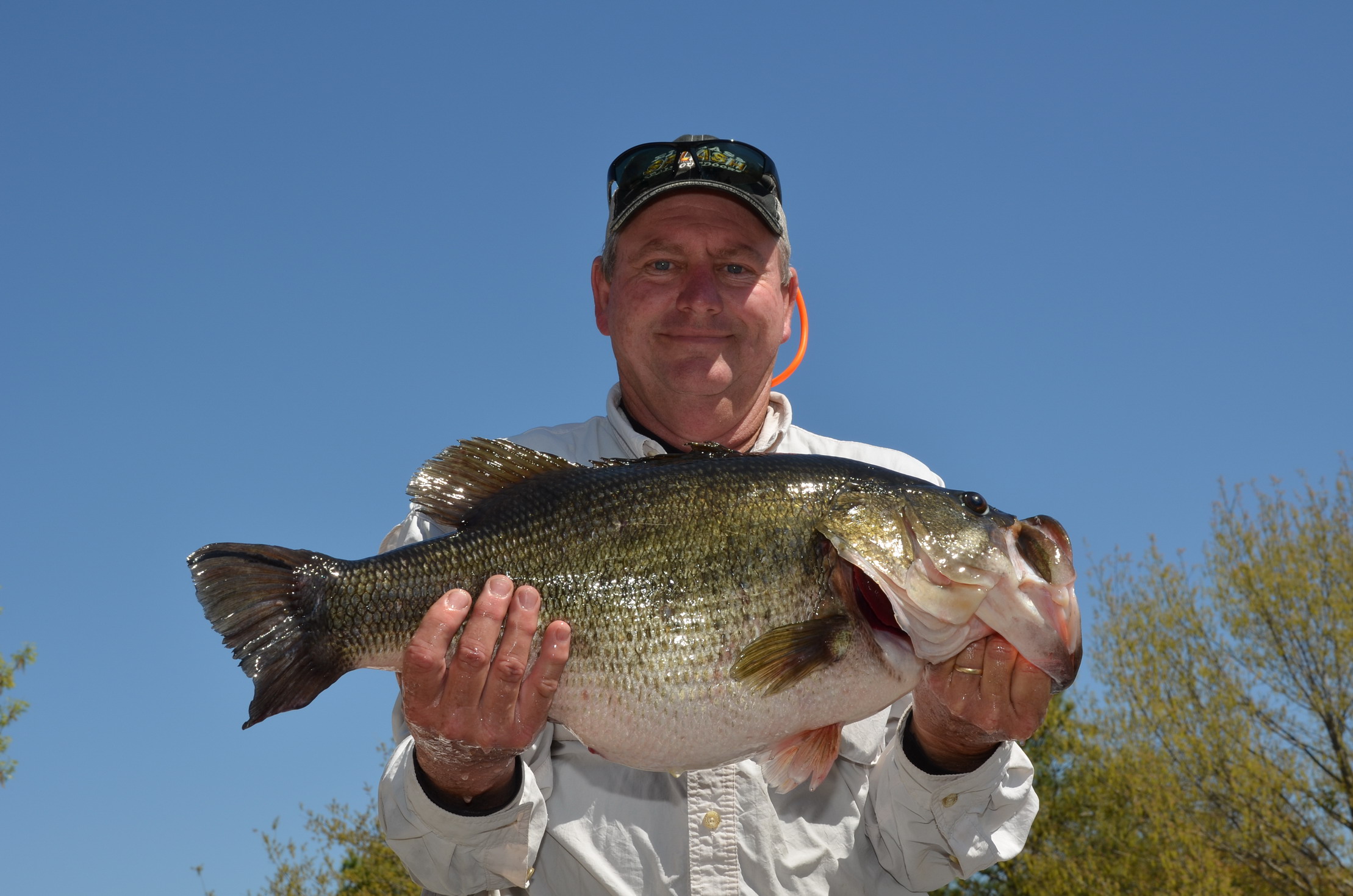Angling: Carp Fishing
Tuesday, April 9th, 2013
Image from Carp Anglers Group, Austin Team Championship 2012
This is Passport to Texas
Carp is the Rodney Dangerfield of the fish world—at least in the US, where many anglers consider it trash. But in other parts of the world, carp is highly sought-after. It may surprise you to know Texas has some of the best carp fishing in the country.
:04—This is one of the three best carp fishing waters in the whole of America.
Steven Bates is talking about Lady Bird Lake in Austin, where he and his brother Michael took part in the Austin Team Challenge carp angling competition.
:03—We’ve been lucky today. We’ve caught about five; right here.
The competition aims to change angler’s perception of carp. Casey Crawford cast in the competition, too, and reeled in a huge 43 pound 12 ounce carp. [:03 ambience]
:11—People that ride [bike] around this, run around it, row in this lake all the time never have any idea that there’s something that big under there. I caught that one ten feet off the bank. Your dog might have been swimming next to it—it’s bigger than your dog. [:01—laughs]
The team with the highest total catch weight went home winners.
:06—The Bates brothers with 550.69 pounds—congratulations on your ATC victory. [whoop]
That’s our show …made possible in part by the Sport Fish Restoration Program…working to increase fishing and boating opportunities in Texas.
For Texas Parks and Wildlife…I’m Cecilia Nasti.






 Passport to Texas is a
Passport to Texas is a  Passport to Texas is made available by:
Passport to Texas is made available by: